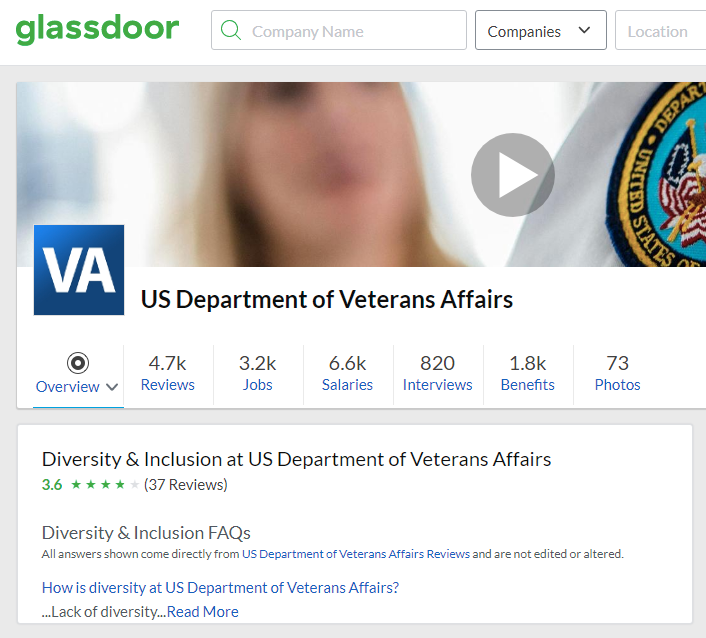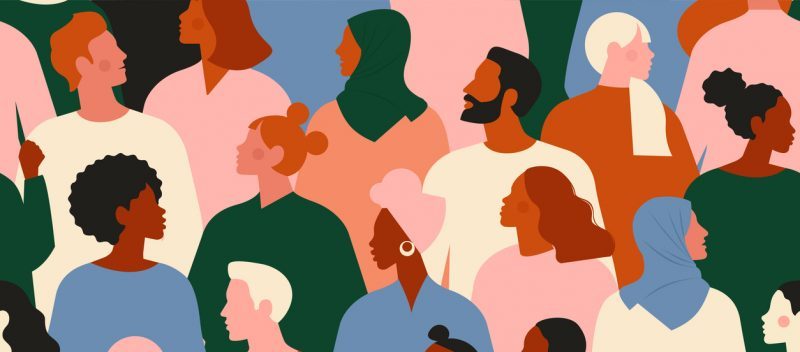It’s been just over a month since President Donald Trump issued an executive order banning “divisive” diversity and inclusion trainings paid for with federal funds, or that federal employees may view or participate in while on the clock.
The ban has a massive scope. It impacts federal government agencies, the military, and businesses, nonprofits, educational institutions, and others inside and outside the U.S. that provide government trainings or that simply contract with or get grants from the federal government, and potentially most subcontractors, subgrantees, and vendors to those groups. It affects not just trainings for federal workers, but all diversity and inclusion trainings where any amount of federal funds are involved.
The restrictive effects of the executive order were swift. The Office of Personnel Management quickly canceled all existing and new diversity and inclusion training programs at federal agencies until OPM can review each agency’s training materials, and offered no clue to how long the reviews would take. Prominent business, industry, nonprofit, and educational groups voiced strong concerns.
The executive order states that “training employees to create an inclusive workplace is appropriate and beneficial,” and then goes on to say “divisive” teachings such as discussing “race or sex stereotyping or scapegoating” are no longer permitted in these trainings.
Official guidance about managing the implementation of this executive order is still being issued, and many lawsuits are likely to follow. An Office of Management and Budget guidance memo and a Labor Department FAQ were the first attempts to clarify what training is and is not allowed, and how to stay compliant. The OMB memo includes a directive to search for keywords to help identify prohibited trainings — terms such as “unconscious bias,” “white privilege,” “intersectionality,” and “systemic racism.”
In the meantime, there’s confusion around what’s actually allowed. Military cadets backed out of a movie screening of “Malcom X” because, according to Variety, “they were afraid of violating Trump’s recent executive order.” Beyond the cancellation of federal diversity training efforts, aid groups, colleges and universities, “corporations in every sector,” and many others have paused or canceled diversity trainings until they get more clarity on the regulation and enforcement of the executive order.
So what does all this mean for civil servants and the people they serve? What is at stake when diversity and inclusion training is in limbo or suppressed?
At stake: Equal employment opportunity efforts
The government tracks the characteristics of people in its workforce as well as in the supplier and contractor community. It uses the information to enforce nondiscrimination, affirmative action and equal employment opportunity regulations, and to create trainings to improve compliance.
Yet the government itself still struggles to recruit and retain a diverse workforce, especially above entry-level pay grades. It seems inevitable that this new executive order will conflict with training programs that employers have relied on to advance equal employment opportunity.
At stake: Employee recruitment and hiring
Workplace diversity efforts — or lack thereof — are one of several key factors that create hiring difficulties. Survey after survey after survey shows that most job seekers, especially young people, want to work for an employer that values diversity.
But, it’s not enough to put out feel-good statements claiming your agency is committed to diversity only to do little about it. Your employees’ actual workplace experiences matter and can affect how job seekers perceive you. It’s why Glassdoor recently started using employee reviews to rate employers on diversity, equity and inclusion efforts, including public sector employers.

Recruitment and hiring is a challenge at many government agencies, from the federal level down to small-town governments, as well as in the contracting community. If government agencies and their contractors are required by this executive order to stifle efforts to improve diversity and inclusion, it could make employee recruitment and hiring even more difficult.
At stake: Employee retention and promotion
“Diversity is going to a party.
Inclusion is being a member of the party-planning committee.”
— Daniel Juday, building on a Vernā Myers quote
Hiring a more diverse workforce is only the first step toward inclusion and equity. Employers have to retain their employees and advance them up the ranks, a task made more difficult when people cannot have open, honest dialogue about systemic barriers to opportunity and workplace discrimination.
While some government agencies and contractors have taken steps to improve workforce diversity, many still lag behind in creating inclusive workplaces where people feel welcomed, comfortable and valued. Given the design of this executive order, it’s doubtful that affected employers will be able to run training programs that can adequately help each individual employee understand their personal role and responsibility in creating a truly inclusive workplace.
At stake: Effectively serving the public
When government’s diversity efforts falter, so does its ability to serve the public. OPM explains there are at least three tangible benefits to diversity and inclusion at government agencies:
- Serving our communities: “Diversity and inclusion increase an agency’s capacity to serve and protect people who have different experiences or backgrounds and enhance its ability to be receptive to different traditions and ideas.”
- Increasing innovation: “Employees from varied backgrounds bring different perspectives, ideas and solutions to the workplace that result in new products and services, challenge to the status quo, and new collaboration.”
- Getting a return on investment: “Environments where all employees feel included and valued are yielding greater commitment and motivation, which translates into fewer resources spent on employee turnover, grievances and complaints.”
One legal analysis suggests this executive order may “affect any type of diversity training…even if the diversity training is required by other regulations or laws” [emphasis theirs]. It’s a setup that could undermine the ability of federal agencies and many others to run employee training programs that will help them more effectively, compassionately and equitably meet the specific needs of the communities and people they serve.
Lauren Girardin is a marketing and communications consultant, storyteller, and freelance writer based in San Francisco. She helps organizations engage their communities and tell their stories. Her website is laurengirardin.com and you can connect with her on Twitter at @girardinl.





Thanks for this, Lauren. The impacts of the EO on personal activities—that is, the military cadets watching a movie—is concerning.
Well said! The impact of this EO – and the worry it has inspired – will echo for a long time.